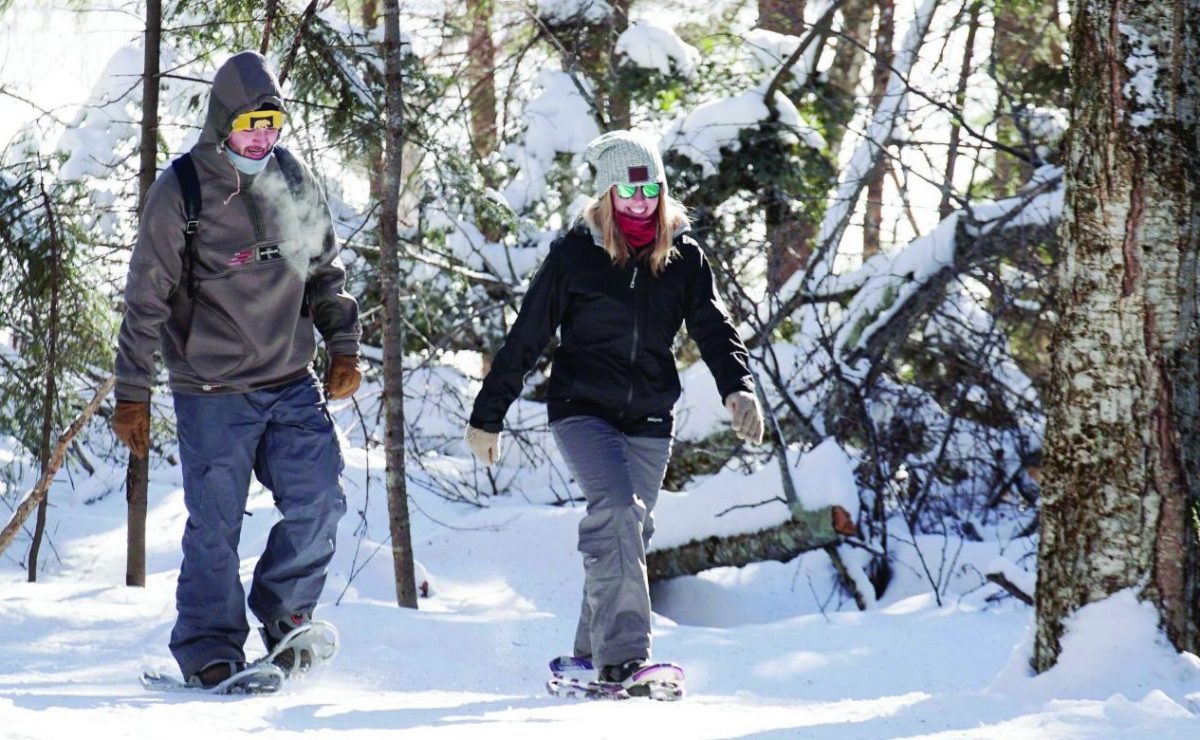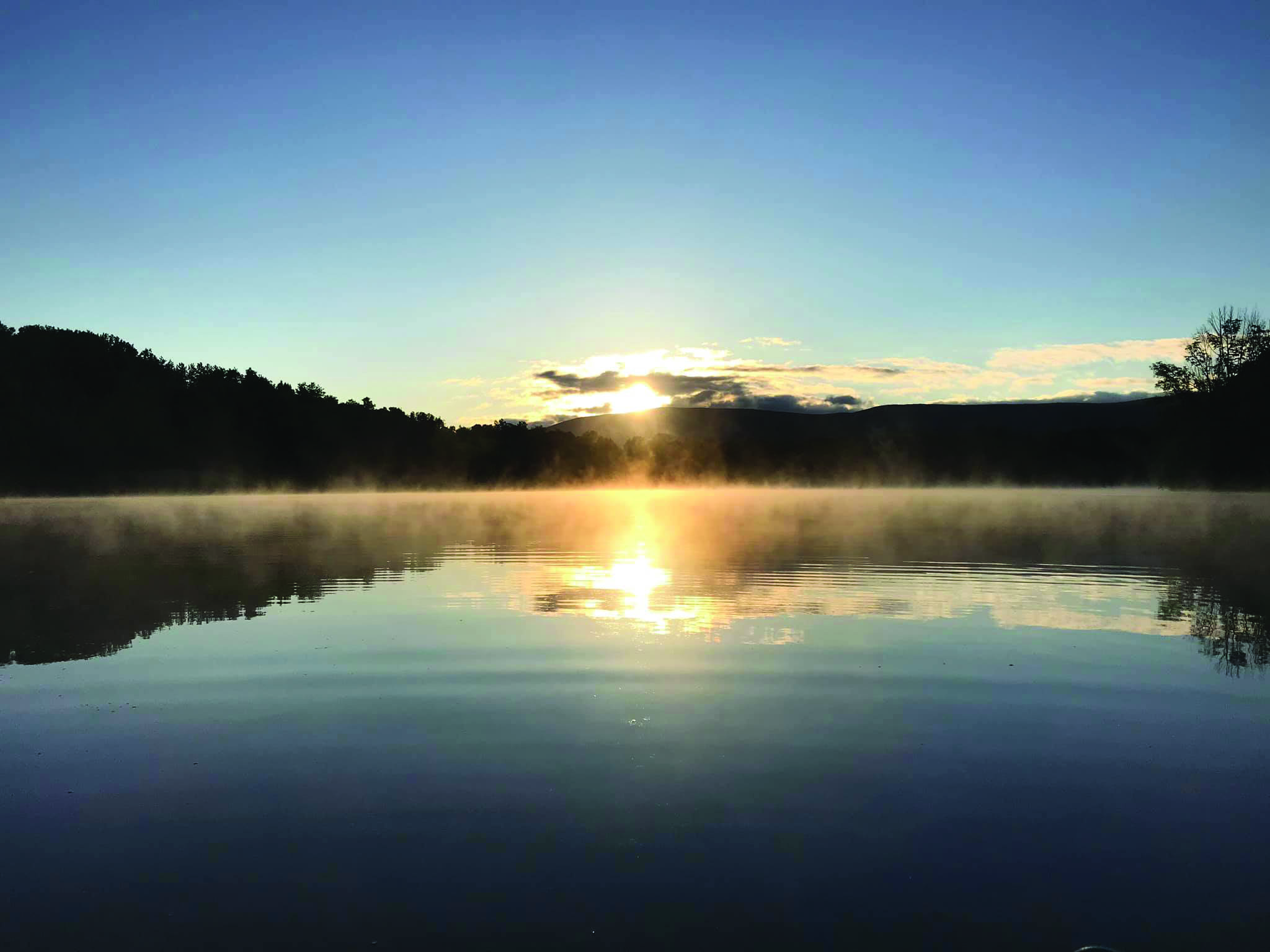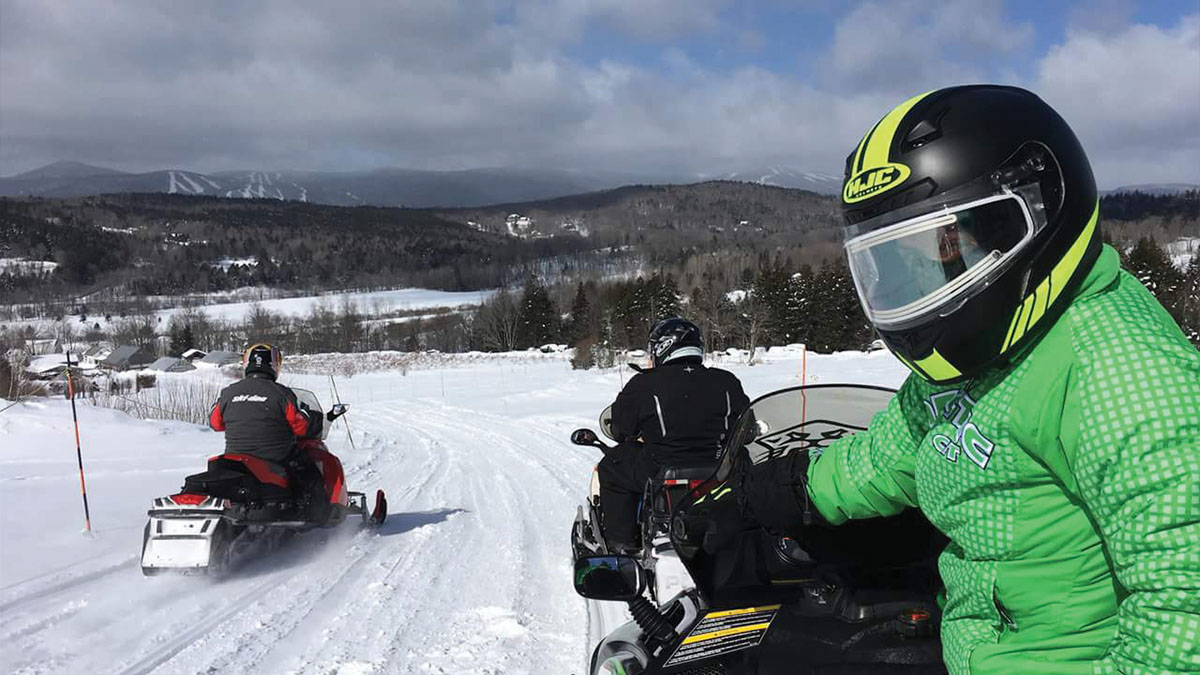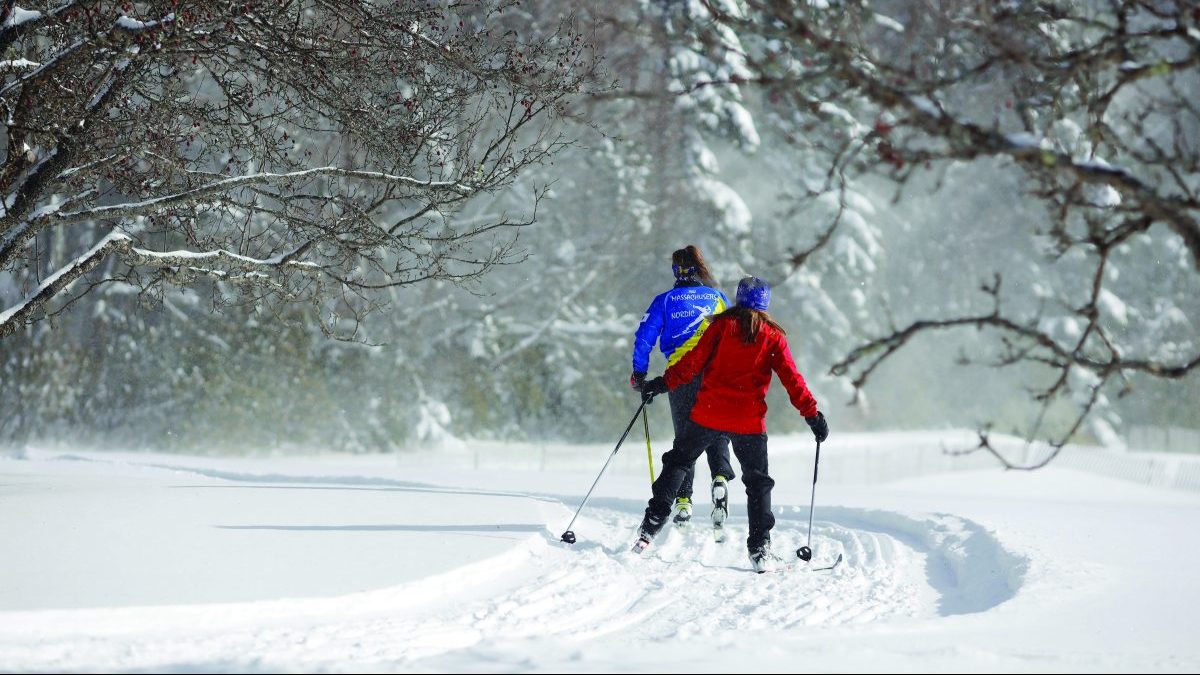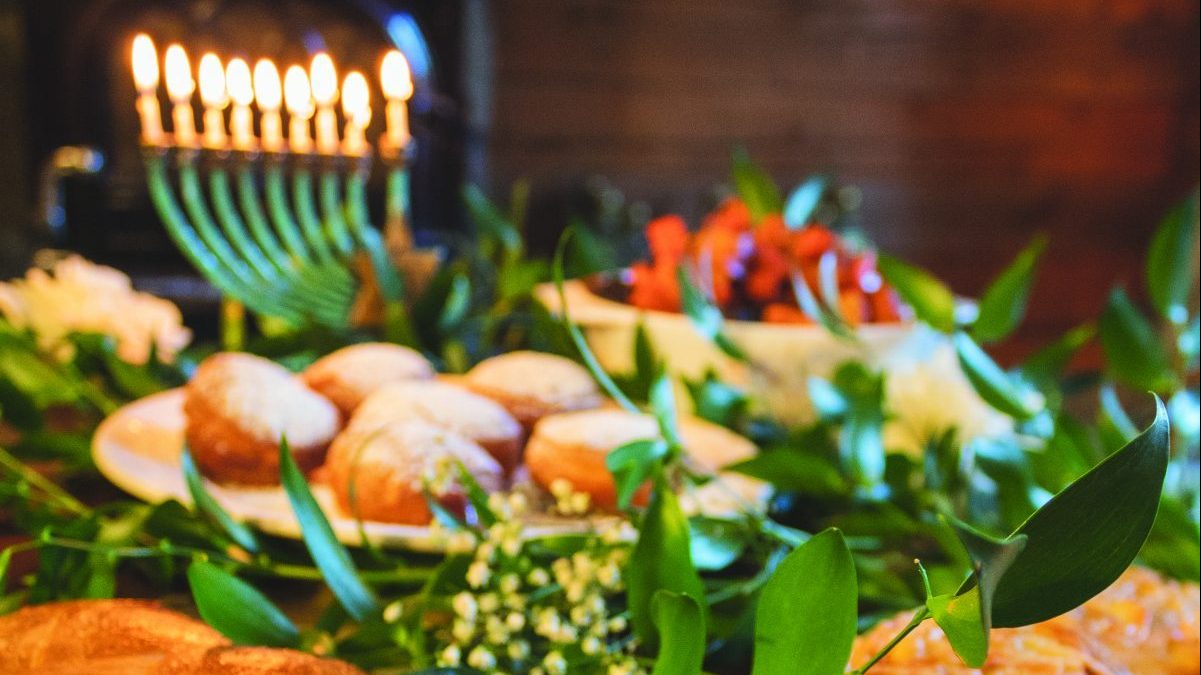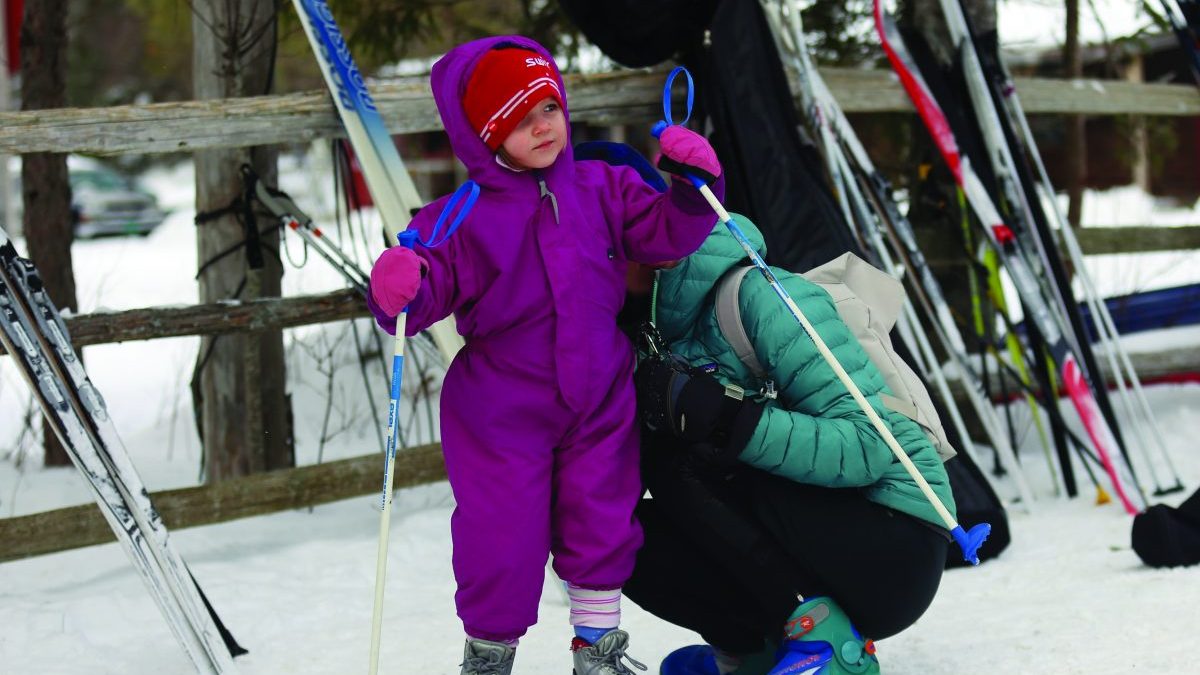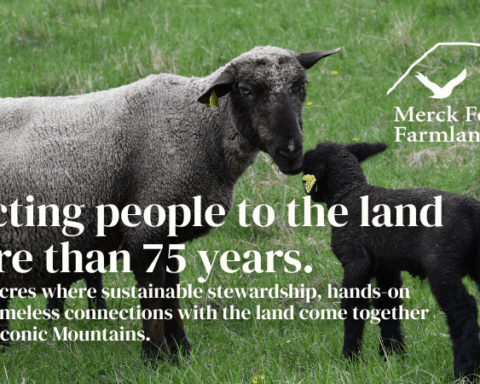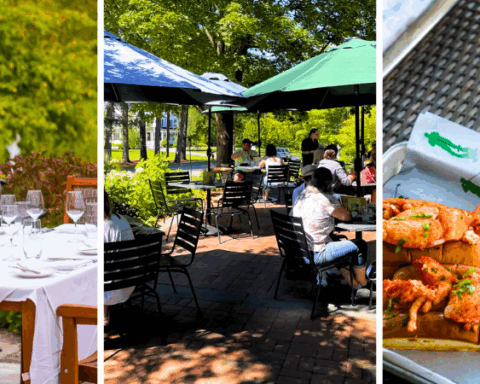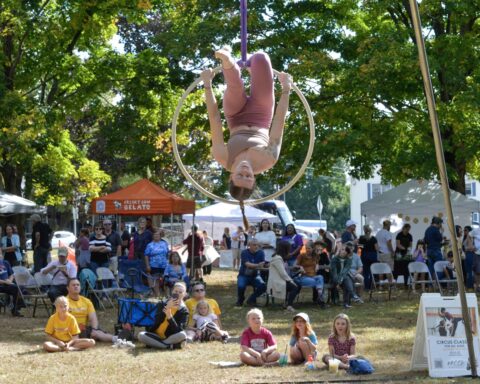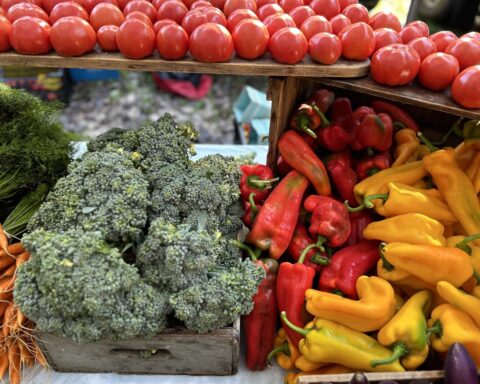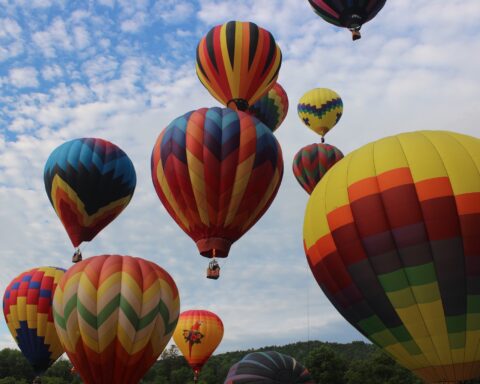
By Cherise Forbes
NORTH BENNINGTON, Vt.
We’ve all been there: stir crazy, unable to stand another second of holiday debates, or simply in need of some fresh air and exercise. While the average winter poses its own challenges for those looking to get outside, this season promises to be even more complicated with no end to social-distancing measures in sight.
With shorter days and snowfall looming, beginners and avid athletes alike are looking to snowshoeing as a much-needed respite from life behind closed doors.
“We’ve sold more snowshoes this summer than we will generally sell in November,” said Bob Dion, two-time National Snowshoe Racing Champion and co-owner of Dion Snowshoes, based out of North Bennington. “It’s going to be a really busy year — a lot of new people will be out there.”
For those new to snowshoeing, the endeavor may initially appear to be more intimidating than it actually is. In reality, just about anyone can enjoy the outdoors on snowshoes, regardless of ability or weather conditions.
“It gets you out there on even the lousy days,” said Denise Dion, a National Champion in her own right and co-owner of Dion Snowshoes alongside her husband. “With snowshoeing, there’s no learning curve, you just go out your door.”
As a low-impact activity, snowshoeing can be a great option for older adventurers or athletes recovering from an injury. The sport is also less technical than cross-country or downhill skiing, making it an accessible introduction to winter recreation.
“When you’re in the woods on snowshoes, there’s no pounding,” Bob explained. “In the summer, there are roots and rocks on the trail, or twists and turns, but in the winter most everything is covered depending on snow conditions. It’s more forgiving.”
That simplicity is also a boon in bad weather, as snowshoeing is almost always an option regardless of temperatures, according to Bob.
“Even the really horrible days are enjoyable,” he added. “You’ll hear about the wind chill or the snowfall, but once you’re out in the woods it’s a lot warmer, and you’re shielded from the wind.”
“Once you get outside, you realize how glad you are to be out there — how wonderful it is,” added Denise. “There are no real skills required as long as you have a good snowshoe. It’s just like walking.”
PICKING OUT A GOOD SNOWSHOE
What makes a good snowshoe? It depends on how you plan to use it, the couple explains. Generally, look for something narrow with a good binding system and solid traction. Beyond that, consider where you plan to snowshoe (rugged terrain, groomed trails, or a golf course?), how often you plan to go, and whether you’ll be walking or running before you buy.
Bob and Denise recommend borrowing first, though, and asking friends who snowshoe about the equipment that they like. Snowshoe races or events can also provide a great opportunity to survey gear, as many brands bring demos for participants to try.
WOOL SOCKS AND LIGHT LAYERS

Beyond a good pair of snowshoes, wool socks that can withstand some wetness are also essential, as are light layers. Try to match your footwear to the activity and choose sneakers for winter running, or light boots for hiking. You can forget the poles unless you would use them for the same terrain, and female athletes can also forgo “women-specific” gear, Denise says.
“Everyone just wants the smallest, lightest snowshoe that they can get away with,” she explains. “Conditions do matter, especially if you’re going out into the backwoods where no one has been before, but other than that you just want something comfortable.”
Most importantly, make sure that you’re comfortable with your binding system and how well it remains attached to your shoes.
“You don’t want to be fighting with your equipment,” Bob added. “No one wants to take off their gloves and try to fix their bindings in the snow.”
Snowshoeing is also a great option for athletes looking to take their winter training to the next level, and that’s exactly how Bob and Denise found the sport. As avid trail-runners and cross-country skiers, the couple became immersed in the sport of snowshoeing when the popularity of racing began to rise over the last 20 years.
Exasperated with the icy pavement and slushy sidewalks entailed in winter running, Bob found that running on snowshoes opened up more terrain and made the season fly by.
“You can go out for hours and come back much more tired than if you were running on the roads or just hiking somewhere,” he said, “but you recover really quickly because there’s no pounding or impact.”
More competitive types might also find the sport alluring, as snowshoe racing seems to have its own unique logic. While the racer at the front of the pack may typically run 5-minute miles, the strain of breaking in the snow evens the field. Their pace may slow to about 10 minutes on snowshoes, Bob explains, while a runner closer to the 10-minute-mile range who is at the back of the pack won’t slow down much at all.
Having participated in recent National Championship races hosted by Prospect Mountain in Woodford, Vt., the Dions have seen first-hand how relative amateurs can post a challenge for even experienced athletes.
“A lot of people really surprise themselves when they get out there,” Bob said. “We’ve seen a lot of local athletes get medals at those National Championships, which you wouldn’t have a chance at in most sports.”
“If you’re interested in racing just try it,” Denise encouraged. “You can be at the back of the pack and still get a sense of how it feels to take it to the next level.”
Though snowshoeing has existed for thousands of years, its popularity has continued to grow over the last two decades among hobbyists and competitors alike — and for some, like Bob and Denise, snowshoeing can become a lifelong passion. With a little push from a global pandemic, it seems that the sport is about to become more popular than ever.
Cherise Forbes is an independent writer, photographer, and designer based out of Southern Vermont. She currently serves as Communications and Marketing Manager for The BOMA Project, a non-profit organization empowering women entrepreneurs affected by climate change.
